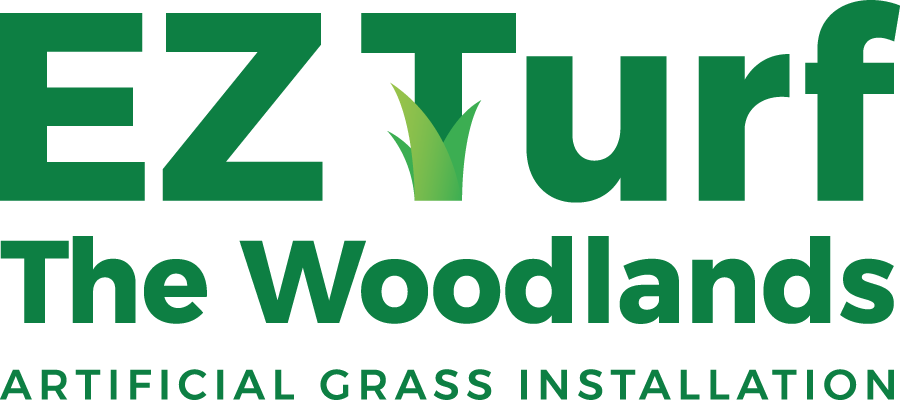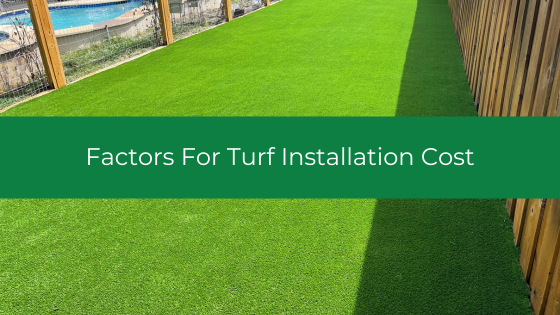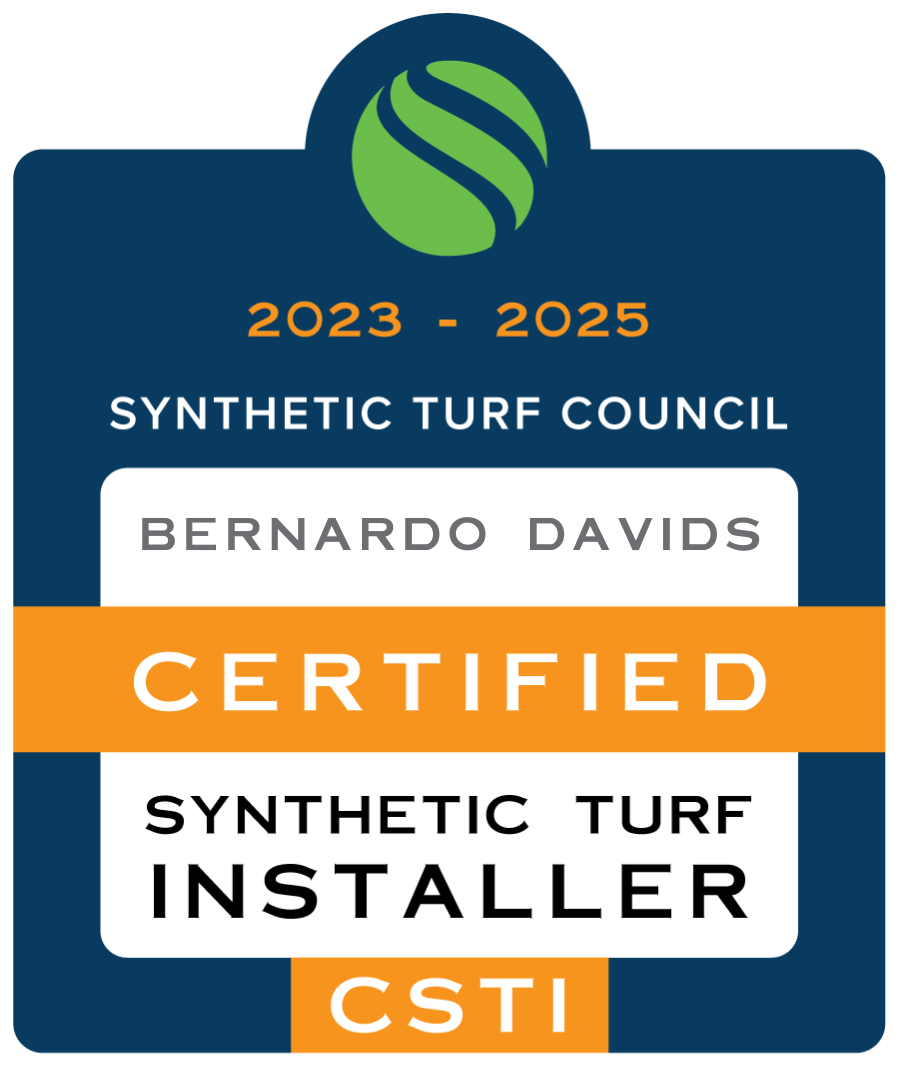If you are considering artificial grass for your space, there are several factors involved in turf installation costs. Those factors include:
- The size and scope of the artificial turf project
- The turf’s material and construction quality
- The site preparation services required to promote better drainage and turf durability
- The infill used with the turf
- The layout of the property and its accessibility
- Whether additional services, such as clearing or relocation, are required
In general, high quality artificial grasses will provide a considerable, if not full, return on investment within five years of installation. That’s because artificial turf requires very little maintenance and no regular watering to keep it looking great, which can save property owners hundreds or thousands of dollars every year, depending on the property’s size and intended use.
The primary cost associated with artificial turf installation is the upfront cost of turf installation services. Most property owners find that professional turf installation services are worth it to ensure on-time turf placement and to guarantee long-term durability and utility from their artificial grass.
What Determines the Cost of Turf Installation?
Turf installation costs are determined by several project-specific factors that will vary from one installation job to another. As such, there is no single best way to calculate those costs. However, in general the following will determine the overall cost of a turf project:
- The turf project’s size and scope – The most important cost-related factor is the project’s size. Artificial grass is priced by the square foot, so the more you need, the more the project will cost. Higher quality synthetic grasses come with a higher price, but the added durability and other features (such as eco-friendly construction or advanced cooling) justify the premium.
If the project requires extensive cutting and shaping to fit the artificial grass, this may add to the project’s time and anticipated cost. This may be necessary for larger scale projects that must be framed to fit around landscaped areas or walkways. - The turf’s material and quality – High quality turf materials will cost more per square foot, but quality turf installation comes with several benefits. Quality artificial grass may cost more, but it lasts longer, requires less maintenance (because it’s less likely to tear or warp), drains faster and includes value-adding features like UV-resistant coloring and rapid cooling.
- Site preparation services – Whether you’re installing artificial grass in a yard, a park, a sports field or anywhere else, the project site will first need to be prepared. During site preparation, the existing surface soil is removed to make way for the turf. This involves considerable equipment and manpower resources, including the use of skid steers and, occasionally, extractors.
In addition to topsoil removal, site preparation services typically include land grading to ensure the project site has the proper slope for drainage and proper stability for turf placement.
Site preparation services are usually offered by professional turf installation companies, as proper site prep ensures the property will efficiently drain following rainfall, which is an essential feature for any Houston turf project. Site prep work will add to turf installation costs, depending on the scope. - The infill used with the turf – Turf infill is responsible for providing the bounce, feel and texture that people expect from natural grass. Infill also adds extra weight to the synthetic grass and therefore helps keep it in place. Further, turf infill protects the grass blades from UV damage.
Property owners have several infill options to choose from when installing artificial turf, each with their own cost and performance characteristics. Popular options include sand and rubber, but there are advanced turf infills that can reduce odors. Specialized infills provide additional benefits at an added cost. - The project site’s layout and accessibility – Although material and labor are the primary cost factors involved, there may be additional costs related to a particular turf project. For instance, sites with difficult access may cost more to turf, as work crews may need additional time and equipment to place the artificial grass exactly where it needs to be installed.
Other project costs may include those associated with demolition or debris removal, or other services that may be necessary to clear the project area and relocate any structures to other areas. These costs tend to be minimal, as long as the property doesn’t require extensive additional work.
The Professionals Will Help Control Costs on Turf Installation
Turf installation costs can vary greatly from project to project, and from site to site. What every turf project has in common is that they will provide better value when placed by the turf installation experts.
Experienced turf installation companies are able to avoid the kind of expensive mistakes that often plague DIY turf projects, like making the wrong turf cut. The experts are also equipped to install turf at scale, ensuring the process is as quick and cost efficient as possible. To ensure your turf installation costs are well managed and to guarantee long-term value for your artificial grass, partner with the professionals to get the job done right for a fair cost.
- Choosing The Best Pet Turf - April 16, 2025
- The Benefits of Having Artificial Turf in Houston - April 2, 2025
- Best Types of Artificial Turf for Residential Lawns - February 28, 2025


